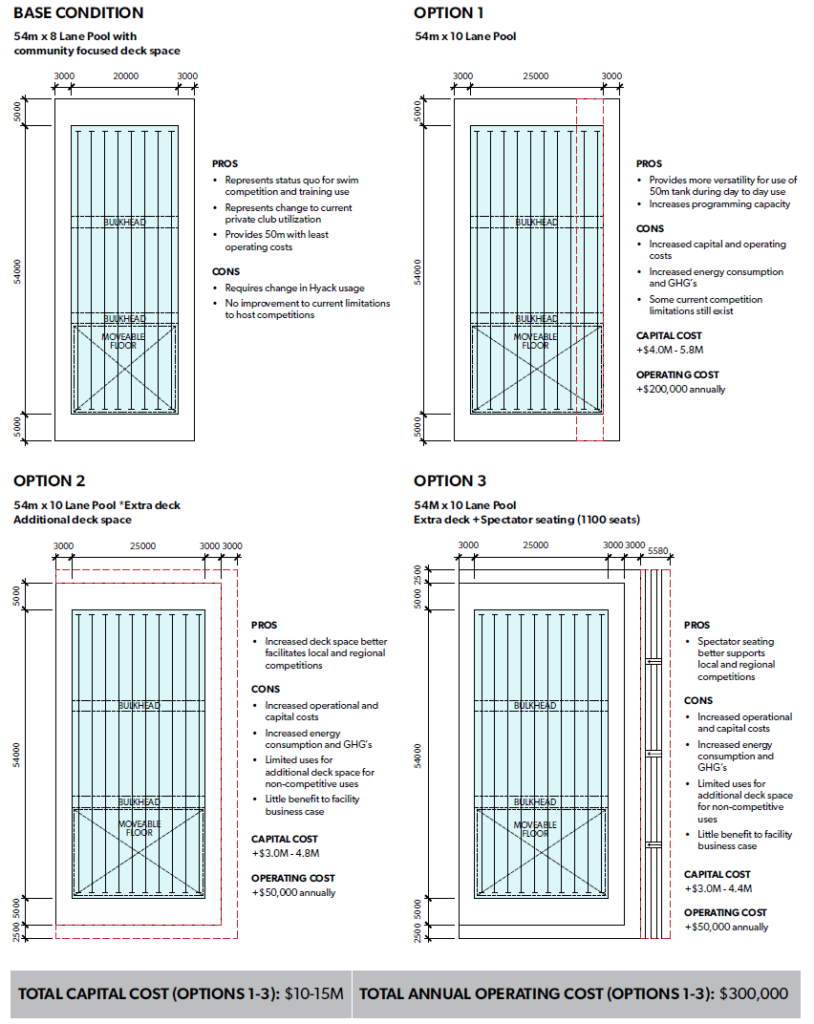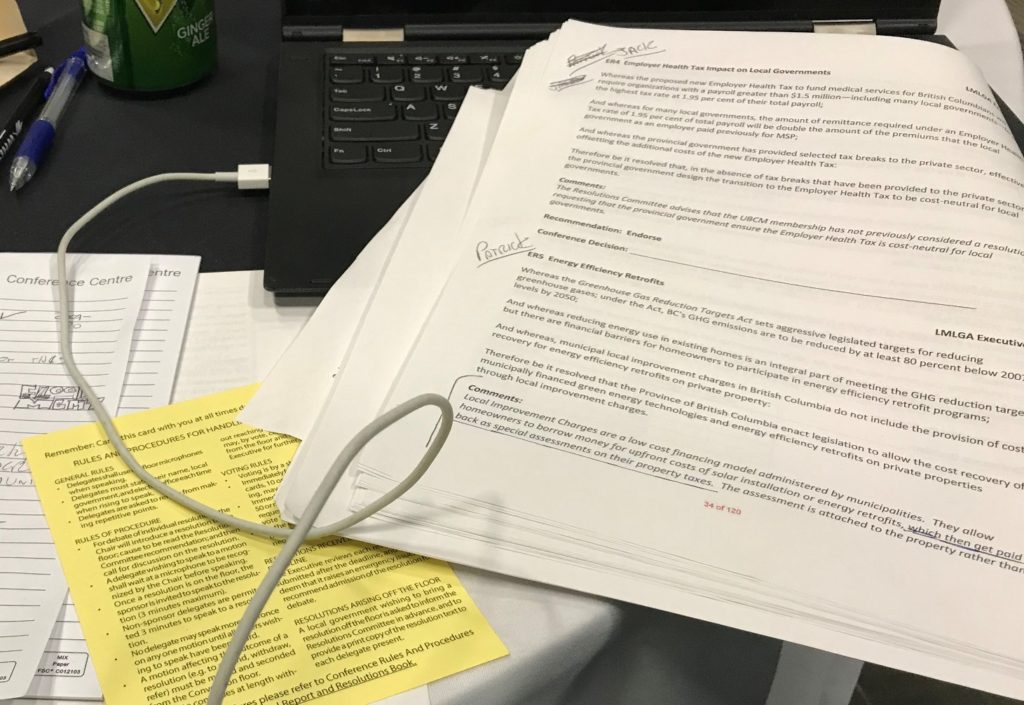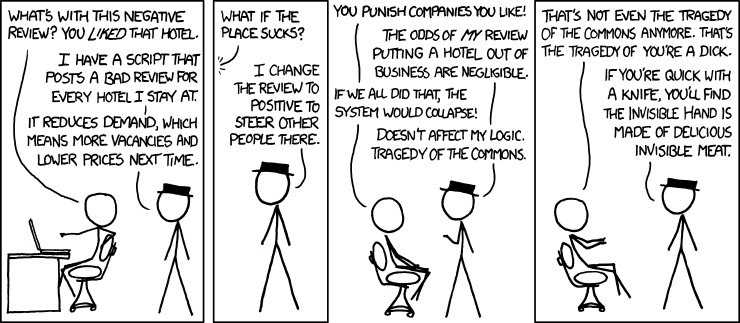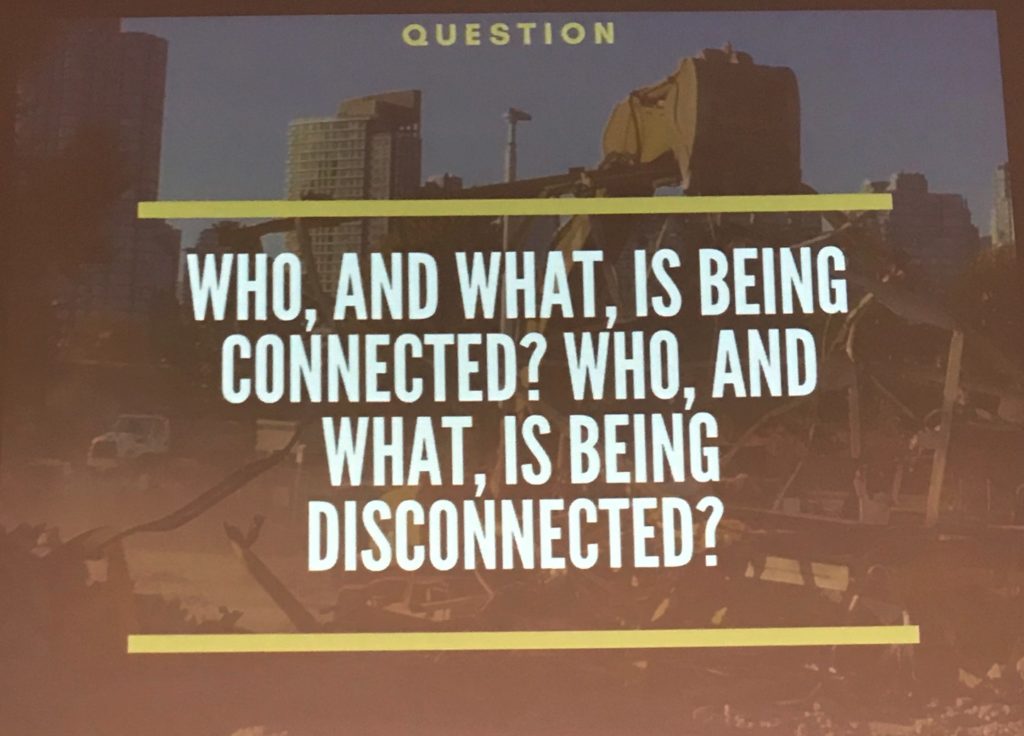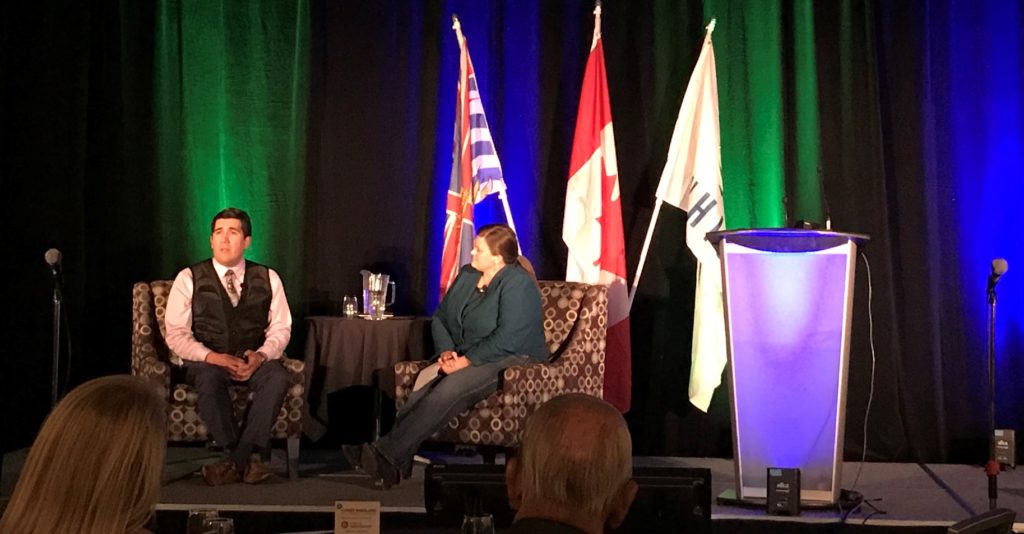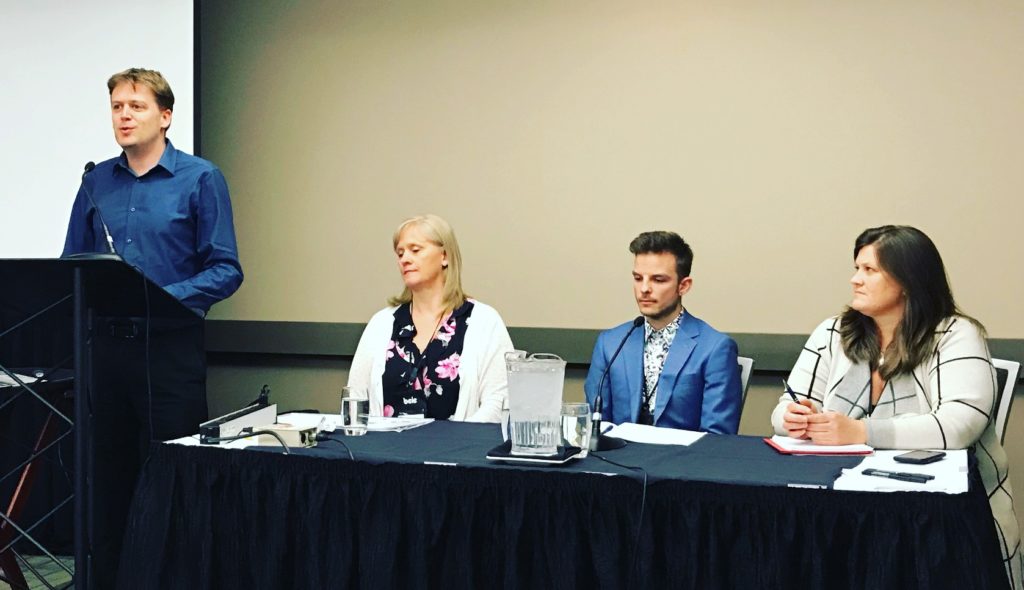The June 25th Council meeting was the Reports and Awards edition! We had a presentation of the City’s Annual Report (which you can read here), and had presentations to our staff for a recent raft of planning and economic development awards won by the City. We also had a chance to thank recently-retired Director of Planning Bev Grieve for the work she did – and her instrumental role in making New Westminster a regional leader on innovative affordable housing policy. Our community owes a serious debt to Bev, and I hope she enjoys a lengthy and enjoyable retirement, content in the knowledge that her career made a meaningful difference in the lives of so many residents.
But we also had business to do, starting with an Opportunity to be Heard:
Five Year Financial Plan (2017 – 2021) Amendment Bylaw No. 8023, 2018
The City’s “budget” exists in the form of a 5-year financial plan, as required by Provincial Regulation. It is completely updated once a year, and we occasionally do interim updates to keep it compliant and assist with continuous financial planning and transparency. These amendments all fall under the category of “things our finance staff do their best to accurately estimate ahead of time, but are hard to predict”, such as how much DCC revenue we will receive and how much cost recovery we can achieve on disposal of capital assets.
The regulations say we need to give the public an opportunity to comment on changes to the Financial Plan before we adopt the Bylaw. We received no correspondence, and no-one came to comment during the Opportunity. Council moved to refer the Bylaw for Adoption.
The following items were Moved on Consent:
Arts Strategy – Update
We had a framework for a new Arts Strategy come to Council back in May, and it received a slightly frosty reception, at least in part because of a similarly-frosty reception it received from the Arts Community during the last round of public consultation. This is a quick update on the roadmap moving forward that was developed by our Arts Strategy Task Force and our Arts Commission.
This is a positive step forward, and we have a clear path towards a more community-focused Arts Strategy that should come back to Council before the end of 2018.
The City is investing in the Arts like never before. From the building and running of the Anvil Centre, the expansion of arts programming, the Public Art strategy and amenity fund, and our commitment to invest in renewal of the Massey Theatre, it is clear this Council wants to support the Arts, so it is really important that we get the strategy right.
Cannabis: Public Consumption – UBCM Resolution
As reported last week, we are working through the municipal response to cannabis regulations. One aspect with high potential impact on local governments is the regulation of public consumption and integration with existing smoking bylaws. Part of the problem is that smoking regulations in BC are a mish-mash or overlapping jurisdictions. The many players who have some responsibility for enforcing smoking restrictions include private property owners (through WorkSafe), the Ministry of Health (and Fraser Health), TransLink (for Transit property), the Province and Local Governments, both through Police and Bylaw Enforcement. At least in the last case, every local government has taken their own approach, resulting in more confusion amongst all of the agencies about what just what the rules are where.
We are taking a resolution to UBCM requesting that the Province use the introduction of recreational cannabis and their authority to prescribe public smoking restrictions, so that the patchwork between local governments can be made consistent.
601 Sixth Street: Development Variance Permit for Signage – consideration of Notice of Opportunity to be Heard
An Uptown commercial property wants to update its signage in a way that does not strictly comply with the Sign Bylaw, which requires a Sign Bylaw Variance, which requires an Opportunity to be Heard so people can tell us if they like or hate this idea. That Opportunity will be on August 27, 2018. C’mon out and tell us what you think.
2017 Annual Water Quality Monitoring Report
Our drinking water is supplied by Metro Vancouver, but the local delivery system (pipes and valves and such) are operated by the city, so we have a joint responsibility to assure that Provincial Regulations regarding water quality testing are met. This is our annual report. We collected just under 1,000 samples in 2017, with no significant concerns.
The following items were Removed from Consent for discussion:
Renewal of Uptown New Westminster Business Improvement Areas – Results from Notification of Affected Property Owners
The 5-year term for the Uptown BIA is expired, (Has it been 5 years already!?) and it is time to re-up. As a reminder, a BIA is a business-community-led initiative permitted under the Community Charter, which allows a local government to collect a parcel or frontage tax from all commercial property owners within a geographic area and turn that tax over to the BIA members with the commitment that it will be spent on improving the viability of the commercial district and businesses therein.
After requesting that the City commit to another 5-year term, the participant businesses in the Uptown were surveyed. 6.1% of the businesses opposed participation, representing 1.15% of the commercial property in Uptown. So Council moved to approve the renewal of the BIA for Uptown.
Renovictions Action Plan: Update
Rental vacancies in New West are below 1%. Rents are going up. Much of our more affordable rental stock is reaching the age where extensive renovations are required. These factors add up to a serious “renoviction” crisis. The City has been very effective at reducing the types of wide-scale demovictions other communities are suffering, but renovictions are a more difficult problem to address because of our limited powers under the Local Government Act. As a result, we have had renoviction of at least 215 rental units in the City in the last two years (to put that in perspective, there are about 15,000 rental households in the New West).
In the last few years, New West has sought ways to do more than is strictly required by legislation to protect the vulnerable members of our community, and our staff have done many things to reduce renoviction, and assure people facing renoviction have access to as many resources as possible to assure their rights are protected. We have also advocated with the Provincial government to make changes to the Residential Tenancy Act that would provide the marginally housed more protection from renoviction (with some moderate success recently). This report provides a bit of a summary of what we have done, and an update on what we will be doing going forward, including taking part on the Provincial Rental housing taskforce work through 2018.
Sapperton/Massey-Victory Heights Transportation Plan
A new Transportation Plan for Sapperton and Massey Victory Heights was needed. The last comprehensive review of the area was last century, and with the introduction of the Millennium Line, expansion of RCH, the Brewery District and (eventually) Sapperton Green, along with regional transportation pressures, it is time to review again how we will balance the need for people to move through the region and the need to protect the livability and safety of our residential neighbourhoods.
There were some public workshops and a Community Working Group representing residents and businesses in the area. There was also extensive consultation with RCH. TransLink and other stakeholders. There was also a lot of data collection, research, and engineering planning work that went into this. As a result, the report has *a lot* of detail regarding traffic loads, future plans, and phases of implementation. Some parts are meant to be implemented in the short-term (mostly traffic calming improvements), some in the medium term (more complicated network improvements), and some more longer-term priorities are identified.
Although the 320+ page report was more than I could dig deeply into before Monday’s meeting, my initial impressions are that the estimates for “Trip Reduction” (diversion to transit or active modes as opposed to single-occupant vehicles) seem very conservative, both locally and regionally. We currently have 16% of all trips generated in Sapperton as walking/cycling only, and the report estimates 20% for Sapperton Green – a pedestrian-oriented community on a SkyTrain station to be built out in the 2030s. Throughout the document, current mode shift is projected to the decades ahead, with little gain over current numbers. I recognize the need to be conservative when planning far in to the future, but if we do not achieve much greater mode shift to transit and active modes by 2040, then the regional plan and regional transportation plans will have completely failed. In this eventuality, the regional call to pave Sapperton down to accommodate through-drivers will be deafening.
On a related topic, the data around traffic and parking related to an expanded RCH is concerning. Unless Fraser Health starts to recognize that dependence on single-occupant vehicles as the “default” transportation option is a public health concern and makes Transportation Demand Management a priority for its community, starting with its staff and patients, the impact on Sapperton threatens to offset the benefits of having this important community health amenity in our City.
Another important aspect not discussed in the Plan (and I have been harping on about this for a while) is that East Columbia will never be a Great Street, and we will never achieve the goals we have for that commercial streetscape and pedestrian realm if it is the sole access for all traffic to RCH and the Brewery District. Those two uses are incompatible. There must be access to the expanded RCH via Brunette Avenue, and that means a fully signalized intersection at the foot of Keary, Allen, or Sherbrook. (I think Keary works best, as that is the direct access to the RCH underground and the later phases of the Brewery District underground – however a traffic barrier will be required between Brunette and East Columbia to prevent this becoming a major rat-running throughfare).
Of course, installing a signalized intersection will impact through-travel “capacity” on Brunette, which is a truck route and on the Major Road Network, meaning the City cannot make these changes without buy-in from everyone one from TransLink to the trucking industry. However, as this plan talks about re-aligning the East Columbia & Brunette intersection to improve flow, and making Brunette four lanes between East Columbia and Spruce we need to assure these things are designed as a single package, or we will never receive this important amenity for our community.
Anyhow, besides these point, which fall squarely in the “medium- and long-term” category, and as the plan is a living document, I do not want to delay the short-term traffic calming and livability improvements. Council endorsed the Traffic Plan with this in mind.
New Utility Commission Bylaw No. 8029, 2018
We are updating some of the language in the Bylaw that regulates our Electrical Utility, mostly as a result of how we have really expanded the responsibility of the Utility as of late, to include power generation (Solar Garden and District Energy) and information networks (BridgeNet). We are really lucky in the City to have this resource that not only pays a dividend to taxpayers, but provides us an ability to take on new and exciting challenges.
Emergency Advisory Committee: Request Provincial Government to Provide Access to Alert Ready (Emergency Alert System) to Local Governments
This recommendation from the Emergency Advisory Committee is to take a resolution to the UBCM meeting in the fall that the Provincial Government provide better access to real-time emergency alert system info to better plan our local emergency response in the case of a large, regional emergency event. Endorsed by Council.
We then had another Opportunity to be Heard:
Temporary Use Permit for 218 Queens Avenue
This is an interesting project. The owner of an exceptionally large residential lot in Queens Park wishes to relocate a couple of smaller heritage homes that may otherwise be demolished onto the back part of his property so they can be preserved and renovated. There are two challenges to this. When a house becomes available, it must be moved fairly quickly, usually because the current owner just wants the house out of the way so they can re-build, and moving it is only considered over demolition when it doesn’t delay the project. Of course, permitting the moving of a house onto a property from the City’s side is not a fast process, so the property owner here wants to get a sort of “pre-approval” for the land use. The best path is a Temporary Use Permit, with the idea that the full Zoning change would happen after the house is moved, in the event a house is moved.
We received no correspondence on this item, and only the Proponent came to speak on the Temporary User Permit. Council moved to approve issuance of the permit.
Finally, we went through our regular Bylaws approvals:
Utility Commission Bylaw No. 8029, 2018
As mentioned above, this Bylaw that updates some of the language and mandate of the Electrical Utility was given three readings.
Uptown New Westminster Business Improvement Area Bylaw No. 8019, 2018
As discussed last week, this Bylaw that renews the Uptown BIA agreement was adopted by Council. Adjust your buying habits appropriately.
Street Naming Bylaw No. 7984, 2018
As discussed previously, this Bylaw that officially names a new street n Queensborough Roma Avenue was adopted by Council.
Housing Agreement (406 to 412 East Columbia Street) Bylaw No. 8000, 2018
This Bylaw that secures rental use for the residential portion of this development in Sapperton was Adopted by council. More Purpose Built Rental in New West!
Animal Care and Control Bylaw Amendment Bylaw No. 8026, 2018
Bylaw Notice Enforcement Bylaw Amendment Bylaw No. 8027, 2018 and
Municipal Ticketing Information Bylaw Amendment Bylaw No. 8028, 2018
These Bylaw changes that remove charges for the licensing of therapy dogs in New Westminster was adopted by Council.

